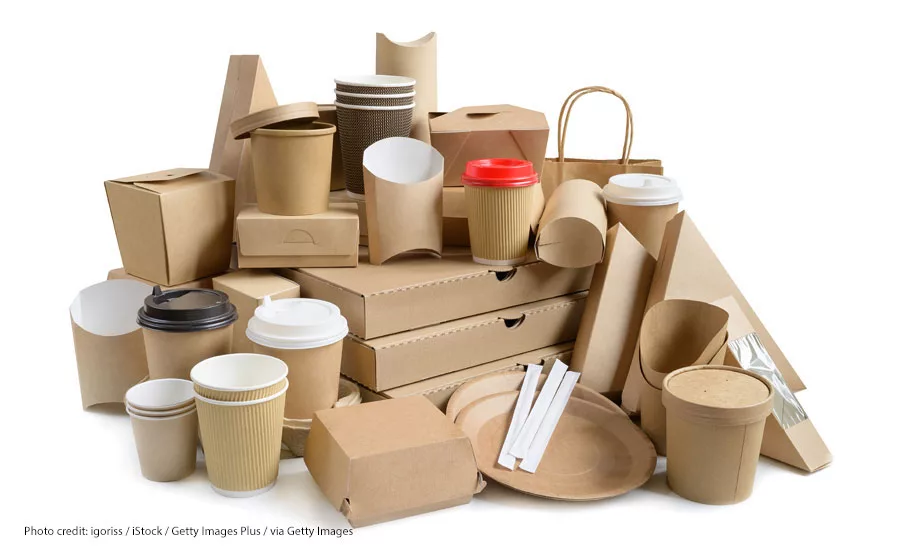Packaging Adhesives Market Exhibits Growth Potential

A report on the opportunities and challenges for the packaging adhesives industry forecasts steady growth. The industry is expected to grow to a market size of $18.6 billion by 2028 from $15.3 billion in 2022, at a compound annual growth rate (CAGR) of 3.2%. The research categorized the packaging adhesives market based on resin type, technology, application, and region, highlighting the areas in each category with the greatest opportunity for growth over the forecasted period.
Polyvinyl acetate (PVA) is expected to hold the largest share for resin-type packaging adhesives. PVA is a synthetic polymer with superior adhesive capabilities. Packaging adhesives made from PVA are frequently used because of their adaptability, non-toxicity, quick drying time, high level of adhesion, and ease of use.
When it comes to technology, water-based packaging adhesives, as an alternative to solvent-based adhesives or hot melt, have seen increased demand, forecasted to continue. Water-based technology is gaining popularity among makers of packaging adhesives due to growing environmental concerns and higher VOC requirements.
Corrugated cartons are expected to see the most growth in the application category due to the increased global demand for packaged food goods. Corrugated cartons include multiple layers of materials opposed to cardboard, which only comprises a single sheet. Packaging adhesives are needed to seal the multiple layers.
Asia-Pacific and Middle East and African markets are forecasted to see the most growth. These markets are growing as a result of expanding populations, rising disposable income, and changing lifestyles. This increases packaged products consumption through online shopping, widened manufacturing, and the demand for packaged food, beverages, personal care items, and other consumer goods.
The packaging adhesives industry does face challenges from increased regulation in the United States and Europe. Government restrictions often impose the use of certain chemicals in packaging adhesives, especially those that are considered hazardous or have potential health and environmental risks. Regulations like the Registration, Evaluation, Authorization, and Restriction of Chemicals in Europe and the Toxic Substances Control Act in the United States, require manufacturers to assess and manage the risks associated with the chemicals in their products. Compliance with these regulations may lead to additional costs to the industry in research and development, however, benefits exist as well. With global demand growing for more environmentally friendly products, moving towards sustainability in the packaging adhesives industry will continue to bolster its growth.
For more information or to purchase the report, visit www.marketsandmarkets.com.
Looking for a reprint of this article?
From high-res PDFs to custom plaques, order your copy today!






